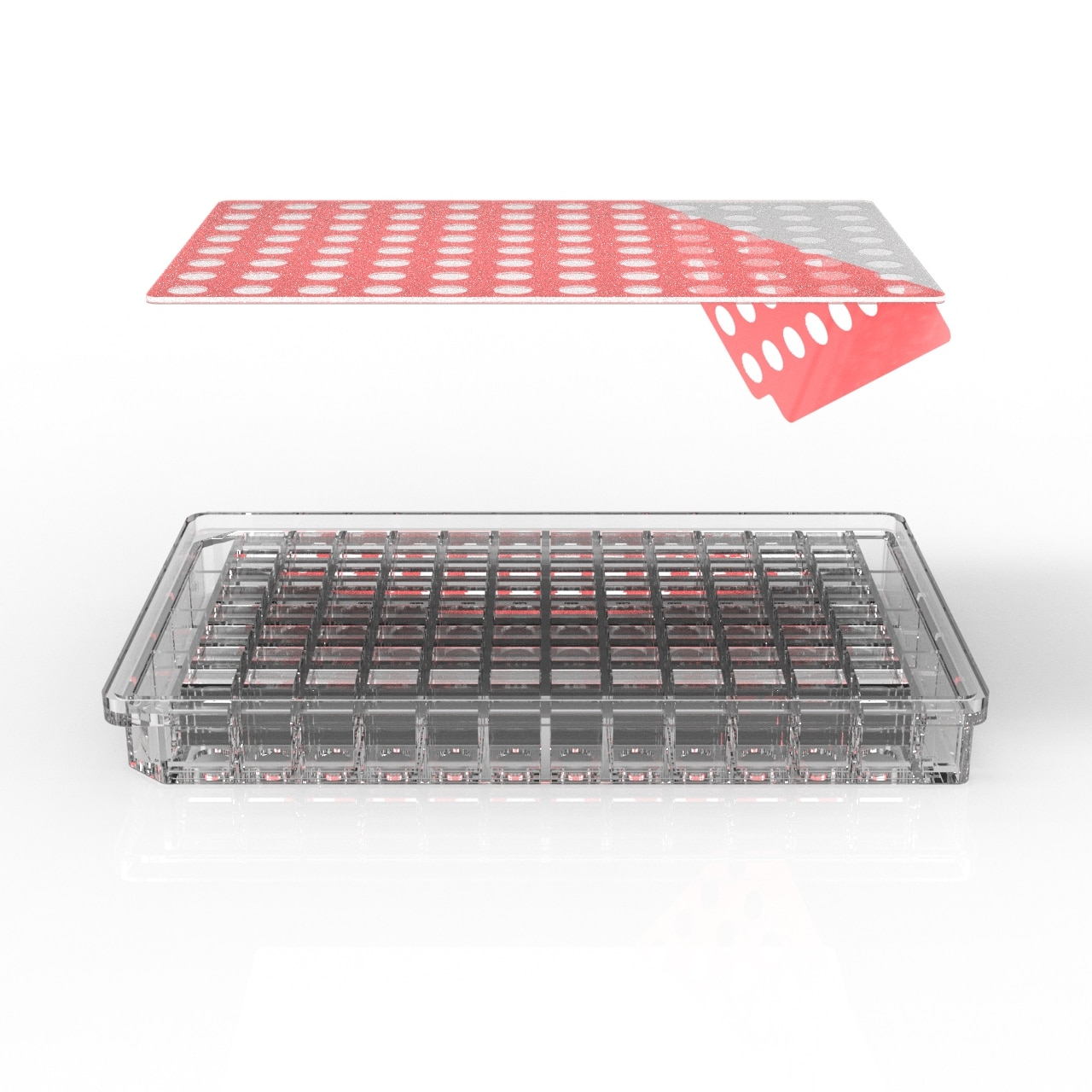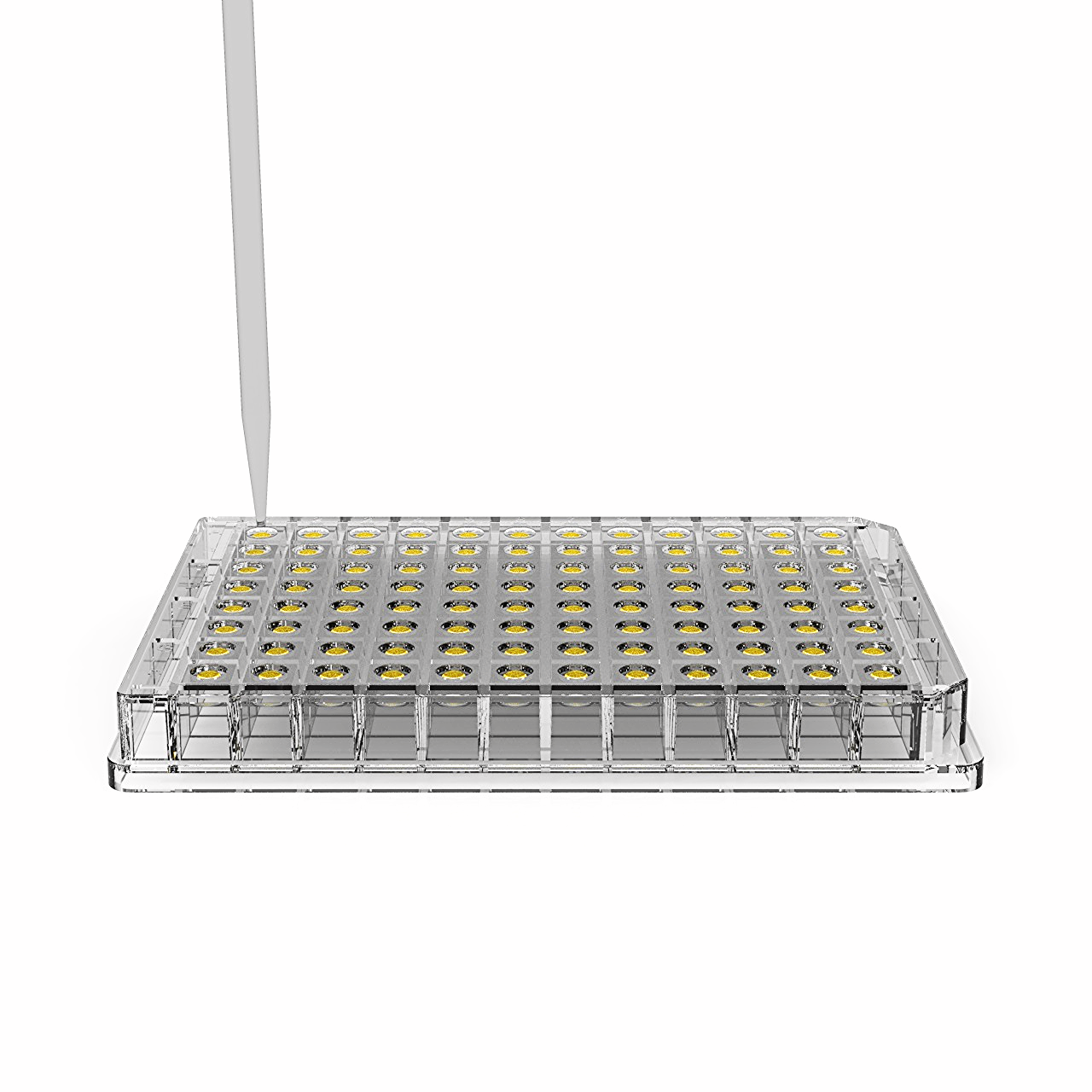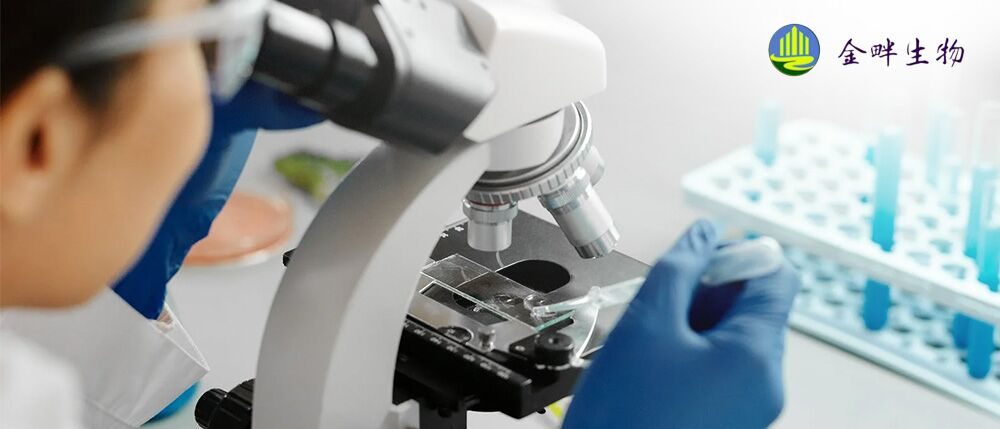Swissci Diaplate 96 Experiment 3.2μl Capacity Dialyser 96孔板 3.2μl 容量
The disposable Diaplate™ is a 96-well micro-dialysis plate ideal for the desalting of protein from very small volumes up to 3.2μl.



Facts
- ANSI/SLAS 1-2004 Standard
- 96 individual membranes
- 3.2 μl capacity
Key Features
- Multiple application
- Complete kit
- High throughput use
Diaplate 96 Experiment 3.2μl 容量透析器
一次性 Diaplate™ 是一种 96 孔微量透析板,适用于从非常小的体积到 3.2μl 的蛋白质脱盐。
事实
- ANSI/SLAS 1-2004 标准
- 96 个单独的膜
- 3.2 微升容量
主要特征
- 多次申请
- 完整套件
- 高通量使用
- Description
About
The disposable Diaplate ™ is a 96-well micro-dialysis plate ideal for the dialysis of protein from very small volumes of up to a maximum of 3.2μl.
Each of the 96 wells has a separate regenerated cellulose membrane. ANSI/ SLAS 1-2004 standards provide high-throughput use with robotic dispensing.
The SWISSCI Diaplate™ comes with a choice of 3, 5, 10, or 30 KDa MWCO membranes. The Diaplate™ kit includes Diaplate with 200 Micron Pressure Adhesive Spacer, 200 Micron UVP Cover Film, UVXPO evaporation cover plate, and a Sealing Paddle.
Applications
• Protein and peptide purification/concentration
• Cryo-EM Sample preparation
• Variation of crystallization conditions for crystal growth and Growth of micro-crystals for serial crystallography
• Sample preparation for biophysical assays i.e ThermoFlour®
• Removal of dyes after protein labeling
• Electro-elution of proteins
• Protein and DNA desalting/buffer exchange
• Protein in vitro translation
• Glycoprotein modification and engineering
• Enzyme activity/binding assays/detergent removal
Product Specifications
• Simple handling, ready to use, easy sample recovery
• Complies with ANSI/SLAS standards for automation
• Pipetting can be performed manually or using a robot
• Ideal for the desalting of up to 3.2μl protein solution
• No cross-contamination or leakage between wells guaranteed
• 96 individual regenerated cellulose membranes; sulfur and heavy metal-free
• A choice of different MW cut-off membranes
• Protein crystallization applications allow for unique matrix changing
• Low protein binding and high protein retention
• Dialysis complete in 2-4 hours
• Gentle and efficient desalting without disturbing valuable protein complexes
Order Information
Item: Diaplate
Code: W82003; W82005; W82010; W82030.
Details: Pack of 3
- 描述
关于
一次性 Diaplate™ 是一种 96 孔微量透析板,非常适合透析从非常小体积到最大 3.2μl 的蛋白质。
96 个孔中的每个孔都有单独的再生纤维素膜。ANSI/ SLAS 1-2004 标准提供了机器人点胶的高通量使用。
SWISSCI Diaplate™ 可选择 3、5、10 或 30 KDa MWCO 膜。Diaplate™ 套件包括带 200 微米压力粘合剂垫片的 Diaplate、200 微米 UVP 覆盖膜、UVXPO 蒸发盖板和密封桨。
应用
• 蛋白质和多肽纯化/浓缩
• 冷冻电镜样品制备
• 晶体生长和微晶生长的结晶条件变化用于连续晶体学 •
生物物理分析样品制备,即 ThermoFlour®
• 蛋白质标记后去除染料
• 电洗脱蛋白质
• 蛋白质和 DNA 脱盐/缓冲液交换
• 蛋白质体外翻译
• 糖蛋白修饰和工程
• 酶活性/结合分析/去垢剂去除
产品规格
• 操作简单,随时可用,易于样品回收
• 符合 ANSI/SLAS 自动化标准
• 可手动或使用机器人进行移液
• 最适合 3.2μl 蛋白质溶液脱盐
• 之间无交叉污染或泄漏孔得到保证
• 96 个单独的再生纤维素膜;不含硫和重金属
• 可选择不同的 MW 截止膜
• 蛋白质结晶应用允许独特的基质变化
• 低蛋白质结合和高蛋白质保留
• 透析在 2-4 小时内完成
• 温和高效的脱盐,不会干扰有价值的蛋白质情结
订单信息
项目: Diaplate
货号: W82003;W82005;W82010;W82030。
DIAPLATE™ Instructions For Use
Preparing the protein
Step 1. Prepare the protein in buffer at the desired concentration and centrifuge (>16,000 g, 10 min) to pellet any unwanted material.
Step 2. Aliquot the protein into 200-μL PCR tubes or similar.
Setting up the DIAPLATE™
Step 3. Peel back and remove the red adhesive cover tape from the 200-μm pressure adhesive spacer. Take note of the
position of A1.
Step 4. Using a multi-channel pipette, load up to a maximum of 3.2 μL of protein into each well
Step 5. Position the 200-μm UV Cover Film onto the 96 wells and check integrity. Please ensure the protective film is
facing up.
Step 6. Use the included sealing paddle to press down over the UV Cover Film to activate and seal the pressure adhesive.
Step 7. Invert the plate and take note of the position of A1. The well positions are now mirrored.
Step 8. Load up to a maximum of 0.35 mL of dialysis solution into each of the wells.
Step 9. Carefully seal the wells with the UVXPO Evaporation Cover Plate by peeling away the red protective film, revealing the adhesive layer. Carefully line up the cover and press down against the wells using the provided paddle
(A) Sealing Plate. Note: Pressure adhesive must be fully activated via paddle. Ensure the evaporation cover is
flush to plate. Alternatively, leave the red protective layer on and use the UVXPO Evaporation Cover Plate as
dust protec-tion during dialysis by placing onto the wells with the red adhesive facing up (recommended if
stepwise dialysis is required) (B) Non Sealed Plate.
Step 10. Place the plate (inverted) in a suitable temperature-controlled incubator for Dialysis/Crystal Growth
DS214.V2
(A) Sealing plate (B) Non Sealed Plate
准备蛋白质
步骤1。在所需浓度的缓冲液中制备蛋白质,然后离心(> 16000 g, 10分钟)以使任何不需要的物质成球。
步骤2。将蛋白分装到200 μ l或类似的PCR管中。
设置diapplate™
步骤3。揭下200 μm压力胶垫片上的红色胶皮。注意
A1的位置。
步骤4。使用多通道移液器,在每孔中最多加载3.2 μL的蛋白质
第5步。将200 μm UV Cover Film放置在96口井上,并检查完整性。请确保保护膜是
面对。
步骤6。使用附带的密封桨压在UV覆盖膜上,以激活和密封压力粘合剂。
步骤7。把钢板倒过来,注意A1的位置。现在,井的位置是镜像的。
步骤8。每个孔中最多装入0.35 mL透析液。
第9步。用UVXPO蒸发盖板小心地密封孔,剥去红色保护膜,露出粘合层。小心地将阀盖对齐,并使用所提供的桨向下压
(A)密封板。注意:压力胶必须通过桨片完全激活。确保蒸发盖是
与盘子平齐。或者,保留红色保护层,使用UVXPO蒸发盖板作为
在透析过程中,通过将红色粘合剂朝上放置在孔上进行防尘保护(建议如果
(B)非密封板。
第10步。将平板(倒置)置于合适的温控培养箱中进行透析/晶体生长
DS214。V2
(A)密封板(B)非密封板
